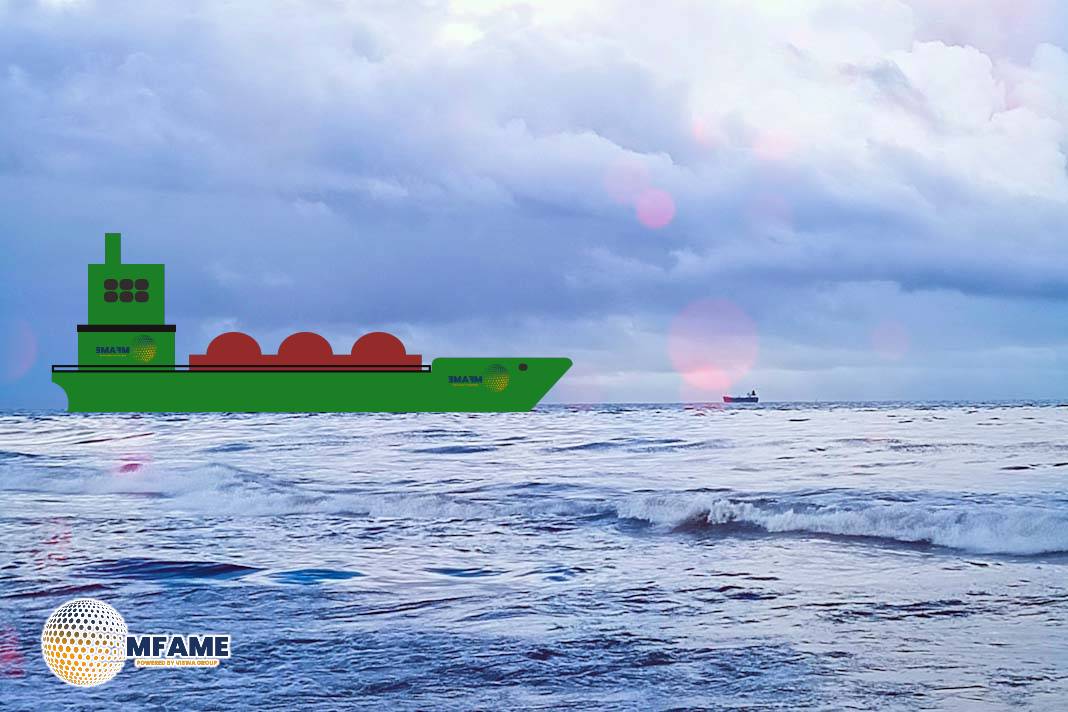The Nautical Institute reports of a dragging anchor incident resulting in the collision of vessels.
What happened?
Two bulk carriers were at anchor awaiting berthing instructions, a safe distance away from each other. High winds had been forecast in the area for later that night, but the crew on one of the bulk carriers was unaware of this fact. When the wind picked up, the vessel began yawing as it was hit by strong gusts, causing its dragging anchor alarm to sound. The OOW noticed their vessel starting to drift towards the second bulk carrier and called the Master. A further two shackles were quickly paid out on the starboard anchor chain. The crew also attempted to deploy the port anchor, but was unable to do so.
Meanwhile the second vessel had been informed of the drifting and paid out a further 11 shackles in an attempt to add more space between the two ships. The first vessel’s crew eventually managed to deploy the port anchor and attempted to use the main engine to manoeuvre away from the second ship, but the two bulk carriers collided, leading to damage to both vessels.
Why did it happen?
- The crew of the first bulk carrier had not considered the impact of high winds or heavy weather on their anchoring decisions.
- The crew did not collect the local weather forecast from the VHF radio, weather fax or MF broadcast.
- Neither had the crew obtained up-to-date weather information for the local authorities.
- This lack of preparation and information meant the crew of the first vessel was unable to mitigate against the effects of heavy wind and strong gusts on their ship in time to prevent serious yawing, drifting and collision.
What lessons were learned?
- Weather forecasts are a key part of situational awareness during both the passage planning stage and on the day itself while at sea or during anchoring.
- The Master and OOW must prioritise weather awareness while at anchor and heed any and all warnings in plenty of time to take action wherever possible.
- Despite a vessel having a strong engine and anchor, limited spaces in some anchorages can seriously limit options during strong winds and heavy weather. A ship is safer at sea than at anchor in some situations.
Did you subscribe to our daily Newsletter?
It’s Free Click here to Subscribe!
Source: The Nautical Institute
























